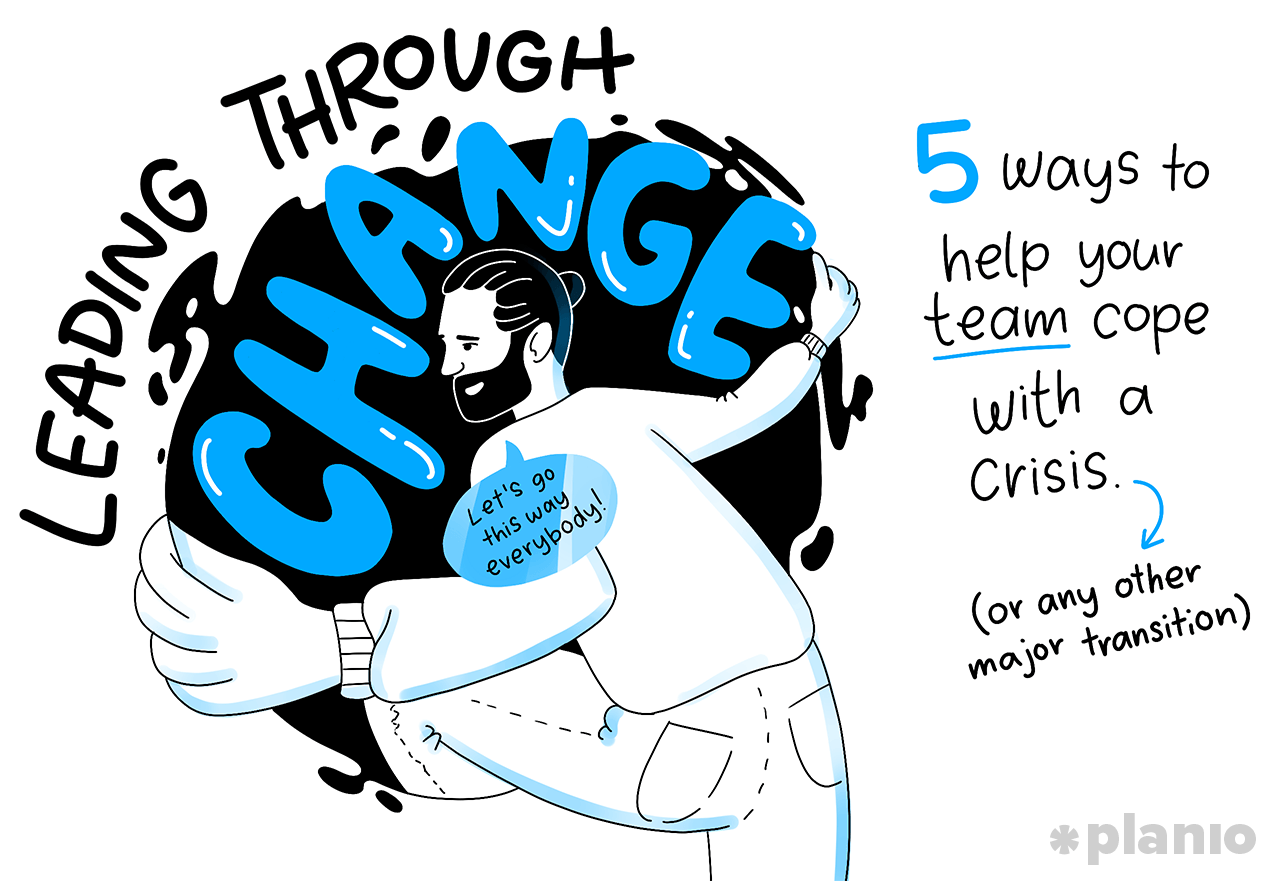Change is inescapable, however that doesn’t mean it will constantly be simple. Despite our resilience, humans are resistant to change. We’re wired like that, which is the reason change can be so scary, frightening, and testing.
Our brains are malleable, plastic, and fertile, so when we are young, we can quickly learn a lot of information. However, as we advance right from off-base, great from fiendishness, and security from dread, our cerebrums start to set down pathways that build up these progressions for faster direction and mental productivity. These triggers from society and the environment are etched into the foundational layers of our software by the subconscious mind.
The brain is capable of rapid change, growth, and adaptation in these early stages of development. However, that can be good or bad.
You may acquire untrue beliefs about your parents, society, relationships, and money if you grew up in a stressful or troubled household. Setting out these early encounters can shape our points of view and propensities further down the road, causing a large group of possible inconveniences and results that can shape the direction of a singular’s capacity to bring in cash, make solid connections, or achieve objectives.
It’s possible to lead change, but not everything is lost. When the change is deliberate, guided, and geared toward achieving a goal or objective, it can be one of life’s most rewarding experiences. It very well may be considerably more groundbreaking when given by a regarded peer purposefully driving change through group building activities, trial and error, and worker initiative.
Due to the world’s rapid change, tomorrow’s leaders must be able to facilitate change with their teams and coworkers.
No matter what your life as a youngster encounters, we as a whole are facing a difficult conflict in light of the fact that our cerebrums weren’t intended to be available to change — they were intended for security. The human cerebrum is wired to keep us no problem at all, bearing in mind the end goal of allowing us a higher opportunity to remain alive, engender our hereditary genealogy, and permit us to raise our posterity.
While this might be an oversimplified approach, it’s the hard truth. Change hasn’t forever been a piece of this situation, which is the reason it can cause us critical tension and strain when we’re effectively chasing after or going through it.
Five Essential Ways to Lead Change If we truly want to lead change, we need to investigate changing the brain. Additionally, we must adhere to a few guiding principles in order to alter the brain. The following are five different ways fundamental for driving change.
1. Show others how its done
Activities will constantly express stronger than words, and this is a definitive approach to working with change since it enables others to participate. People are social animals — we generally have been and consistently will be.
At the point when somebody in your group goes through a progress, rolls out a positive improvement in their life, or gets a recently discovered energy for something, it’s irresistible. People begin to initiate change on their own as they become consumed by the change. This demonstrates to others that if you can do it, they can, too, making it easier to lead change.
In numerous ways, we really want to see others accomplish something before we get sufficient certainty to do it without anyone else’s help. Require the four-minute mile for instance.
Before May 6, 1954, no one had ever broken the four-minute mile record, and it was thought that doing so would be physically and physiologically impossible at the time.
However, Roger Handrail, a college olympic style events star and understudy at Oxford, broke the four-minute mile in unfortunate weather patterns and significant crosswinds. And keeping in mind that this was an astonishing accomplishment inside itself, coming up next is considerably more amazing.
Nine additional individuals had surpassed the four-minute mark within two years. So, you might ask, what changed?
their mentality and expectations regarding their capabilities.
Truth can be stranger than fiction. Also, when you show others how its done, you wind up driving change. You give faith in others that they can do exactly the same thing. That is true authority.
2. It’s hard to meet people where they are because you don’t know them yet. It’s actually impossible. Due to its simplicity, this is one of the aspects of leading change that gets overlooked the most.
It is essential for change to meet people where they are because doing so provides a solid foundation from which to work.
Asking a partner or companion to change or act in an unfamiliar manner will feel careless and far off, making them feel worried, restless, and overpowered by the hole isolating where they are versus where they’re being approached to meet.
This cacophony can introduce in various ways in the meeting room and at home, going from nervousness to despondency and separate, ultimately prompting changes in correspondence, eye to eye connection, and even work propensities.
At the point when you can meet somebody where they’re at, you meet them where they’re agreeable. Since change is awkward, beginning in a position of wellbeing can make a direction of critical improvement in a brief period since one has a solid sense of safety to face challenges and roll out an improvement. When making changes and establishing new routines, this psychological safety is absolutely necessary.
When you find yourself in charge of implementing change for the first time, make sure to follow in the footsteps of someone else to ensure that you are meeting them where they are at.
3. Provide Psychological and Emotional Safety If meeting people where they are at is the foundation of change and if actions speak louder than words, then providing security and a safe space for change is the path to successful change. Because it pushes us out of our comfort zones and makes it harder for our brains to predict what will happen next, we are hard-wired to react negatively to change.
In order to prepare for a “fight, flight, or freeze” scenario, our brains initiate stress responses during times of uncertainty. These stress responses reduce our cognitive processing capacity. Sadly, neither one of these choices is valuable since it detracts from our decisive reasoning transmission capacity and prompts unfortunate choices, which can intensify over the long haul and altogether influence the reality.
People can begin to engage in behaviors that will alter their outcomes by creating an environment that allows for and encourages making mistakes as well as being open to change.
Leaders who micromanage their team members and colleagues face this serious issue. They establish a climate of dread and stress, which changes the organization culture and changes the organization’s intellectual prowess. Consequently, a company’s final outcomes are determined by its employees’ willingness to accept change and daily decisions.
Give your team permission to make mistakes and gain knowledge along the way. It doesn’t have to be hard to lead change.
4. Work with “Stream” Provinces of Efficiency
Mihaly Csikszentmihalyi’s work on stream conditions of cognizance found that the people who participated in a stream state could expand a singular’s impression of feeling more prominent satisfaction, energy, and contribution with their work. We should all strive for this ideal state of mind in both our personal and professional lives.
The best way to lead change is to achieve a state of group flow because it fosters productivity, fulfillment, and maximum achievement. The best part is that it makes people feel good as well while they’re doing it!
At the point when people find these stream conditions of efficiency, they’re effectively drenched in their work and working with change just before your eyes.
Furthermore, the advantages of being in a state of flow are staggering:
Expanded close to home guideline
Increased happiness and satisfaction
More prominent satisfaction and commitment
More significant levels of acquiring and expertise advancement
As somebody zeroed in on driving change, this is the world renowned hub of ideal development and efficiency.
Hard work becomes simple, difficult projects become doable, and levels of satisfaction skyrocket when leaders create environments that encourage flow. Stream states are a definitive variable for driving change since they give prompt input, a feeling of satisfaction, and more noteworthy results.
5. Be Patient and Open to Giving/Getting Exhortation
Change doesn’t occur in a moment, and it can require investment to track down the right portion of progress to see the outcomes we’re searching for, however that doesn’t mean the cycle can be hurried or facilitated.
Change can be terrifying as well as addictive. For instance, tracking down the right rate, cadence, and feel for driving change is a work of art inside itself, which is the reason there are such countless assessments on the subject.
Leaders who are patient with their subordinates provide additional support and demonstrate to them that it is acceptable to proceed at their own pace. Unfortunately, leading change is not a linear process, so leaders must be open to feedback and set reasonable expectations for their team members.
Leaders who give advice rather than feedback build psychological safety by making it safe for coworkers and peers to make mistakes, ask questions, and challenge themselves without worrying about the consequences. Whenever people are given the valuable chance to give input, they feel more lined up with the group and company objectives, improving their ability to invest more exertion and time into undertakings and completing responsibilities.
Be that as it may, this cycle is a two-way road. Your colleagues need your recommendation to work on their endeavors and remain lined up with in general objectives. The counsel needn’t bother with to be cruel reactions, yet it should support present moment and long haul objectives so your kin can watch out for the award without losing the woodland through the trees.
With the present status of vulnerability inside organizations and organizations, endeavors ought to be adjusted on wiping out however much vulnerability and stress as could be expected to keep individuals out of a “battle, flight, or freeze” perspective.










